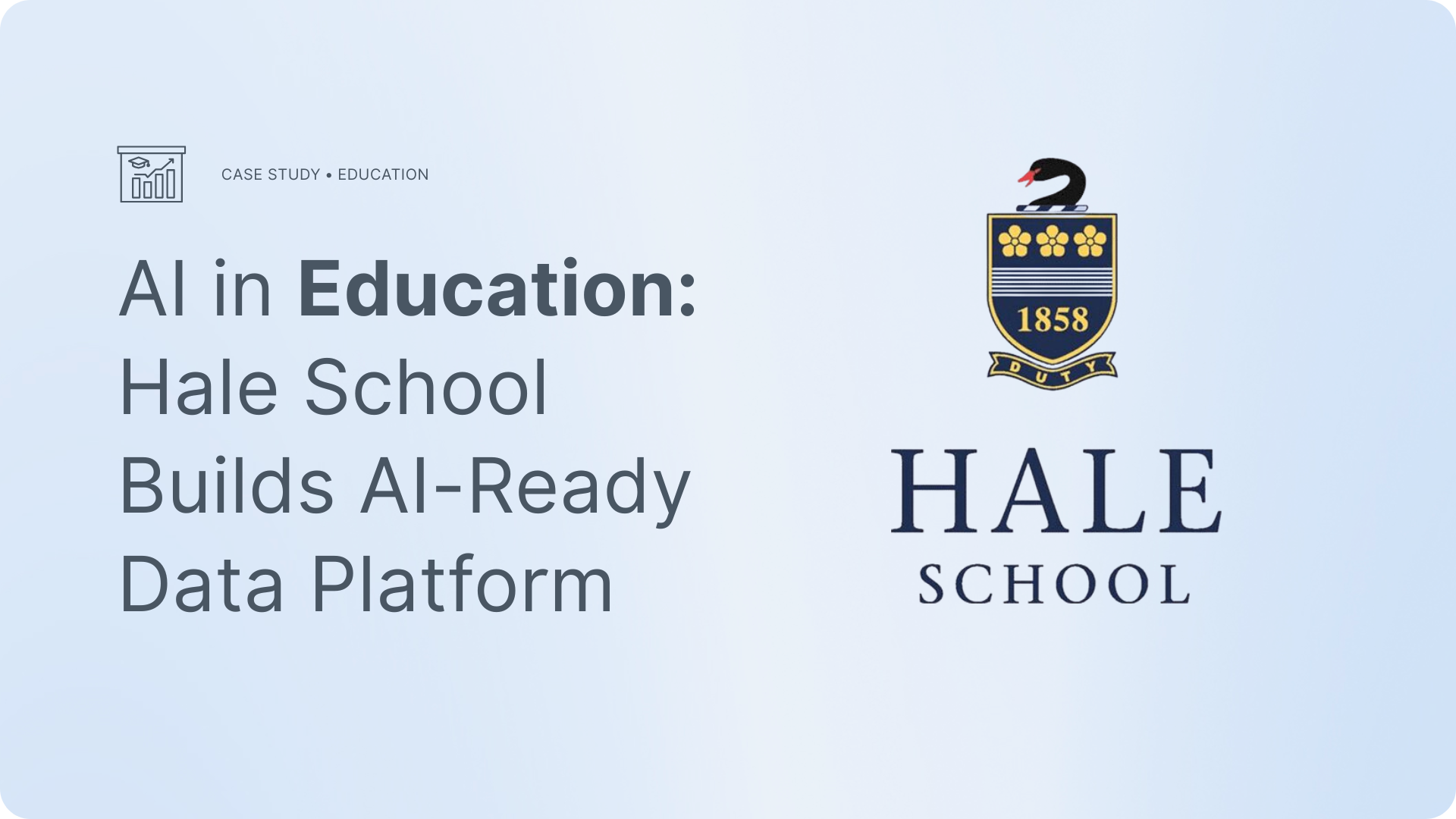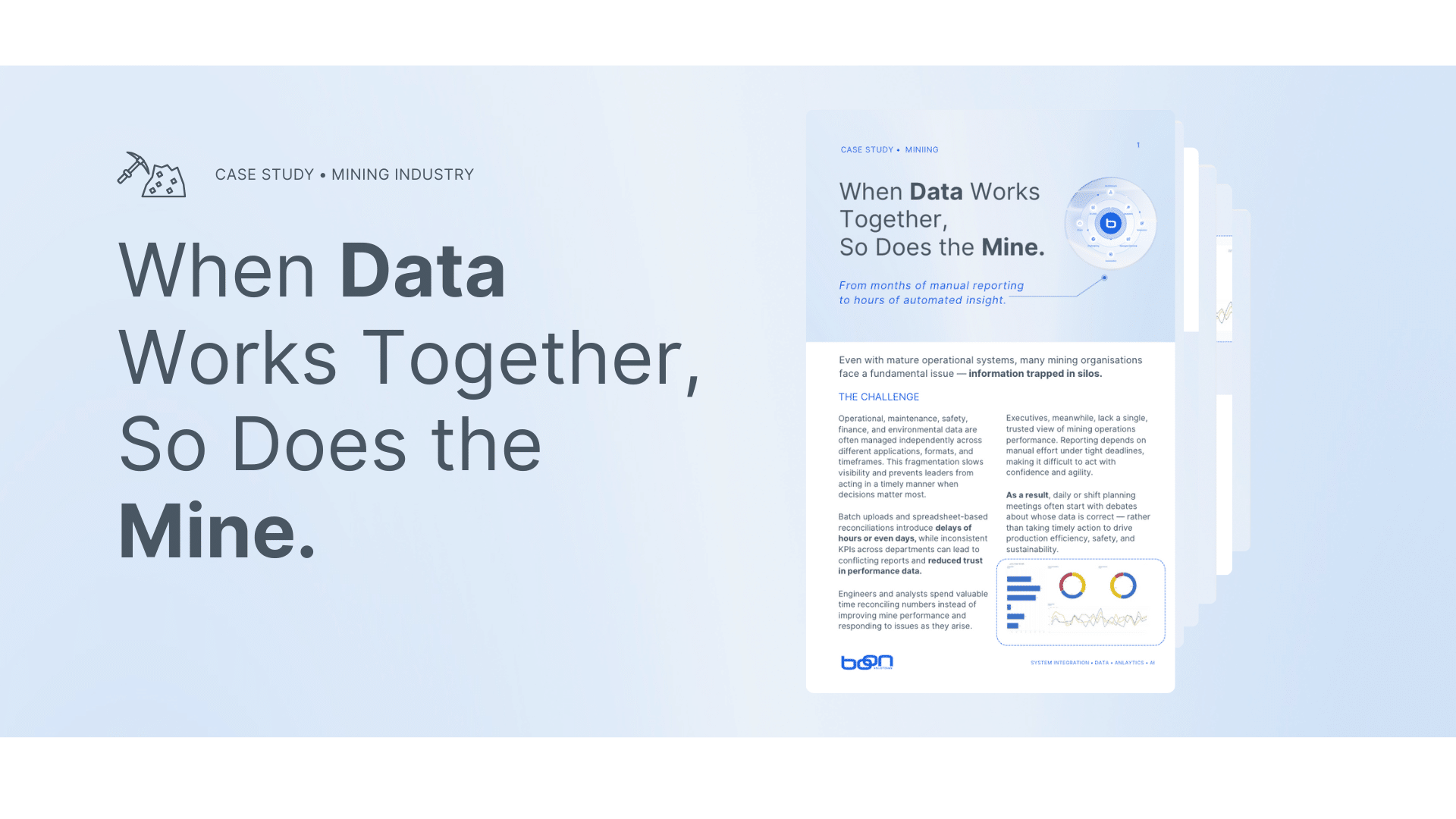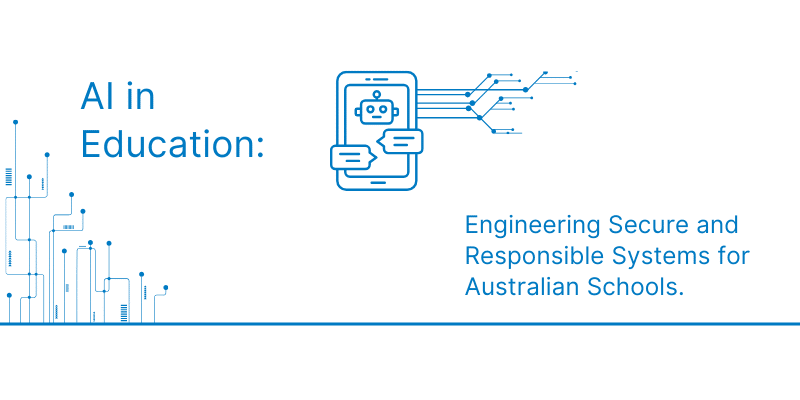Smarter Mining in 2025: Bridging Data, Driving Results

Smarter Mining in 2025
As mining operations scale and diversify, so do their data challenges.
The modern mine is increasingly digitised—but can be far from unified. Engineering, data and operational teams, are contending with disparate data silos across sites, vendors, and formats. Whether it’s SAP, Pronto, AWS, or legacy Excel-based tools, the result is often the same: critical insights trapped in unconnected systems, with no shared source of truth.
The transformation challenge is often turning disjointed data environments into real-time, automated, and scalable intelligence frameworks—without replacing your existing tech stack.
“Every site generates insights—but without integration, the true value of that data is lost.” — Boon Keat Law, Managing Director & Lead Principal, Boon Solutions
Contents
Bridging the Gaps in Smart Mine Infrastructure
As modern mines operate across a matrix of systems: equipment telemetry, SCADA/PLC controls, workforce planning, ESG compliance platforms, and financial/ERP layers. In the “Smarter Mining in 2025” feature (AMR, May 2025), Boon’s approach was showcased as a response to this complexity: building a technology-agnostic integration platform that consolidates operational, compliance, and financial metrics into a unified analytics core.
Key functionality includes:
- Real-time operational dashboards pulling from IoT, ERP, and safety systems
- Multi-site visibility across workforce data, asset uptime, and compliance benchmarks
- Configurable KPIs for decarbonisation, emissions, and maintenance forecasting
- Plug-and-play integration with SAP, Pronto, AWS, Databricks, Qlik, and more
These capabilities allow operators and engineers to move from lagging reports to proactive, predictive insights—all while using their existing infrastructure.
Designed for Technical Flexibility, Built for Scale
That’s why we apply a vendor-neutral data integration approach that ensures our clients can plan for their data outcomes:
- No forced platform migrations
Solutions must accommodate existing ERP, SCADA, and telemetry systems without introducing costly replatforming or business disruption. - Support for all data types
Including structured (SQL), semi-structured (CSV, XML), and unstructured (PDF reports, sensor logs), ensuring legacy and modern systems are both usable. - API-driven ingestion and transformation pipelines
To enable real-time or near-real-time synchronisation, cleansing, and enrichment of operational data without custom scripting. - Secure access and identity federation
Integration with identity providers such as Microsoft Entra ID and Okta is critical for enabling role-based access control across distributed teams—whether in the field or at head office.
This level of design maturity allows cross-functional teams—from reliability engineers to financial analysts—to access the same synchronised data layer, reducing latency, improving accuracy, and enabling unified decision-making.
Technical Outcomes that Matter
In practice, the value of this architecture is measured not in dashboards, but in outcomes:
- Less downtime through early warnings on asset underperformance
- More effective compliance through transparent, site-specific tracking
- Reduced administrative overhead through automated, standards-aligned reporting
- Faster planning cycles through live operational visibility
“We don’t just visualise data—we translate it into operational impact: less downtime, clearer compliance, and faster planning cycles.” — Boon Law, Boon Solutions
The Road Ahead: AI-Ready, Compliance-Proven
With increasing scrutiny from regulators, shareholders, and decarbonisation stakeholders, the ability to audit, act, and anticipate using data has become a business-critical capability.
Boon’s infrastructure is designed to scale into advanced use cases, such as:
- AI-based downtime prediction using historical maintenance logs
- Automated sustainability reporting mapped to TCFD, GRI, and ISSB frameworks
- Role-specific data views for field teams, operations centres, and head office
In short, Boon helps mining organisations turn smart mine theory into operational reality.

“You can’t improve what you can’t track. We help mine managers unlock value across asset classes and geographies—with clarity.” — Boon Law, Boon Solutions
Further Insights?
Read more blogs, reports, case studies on our community page.
Connect with us to explore how data planning can empower your organisation.




